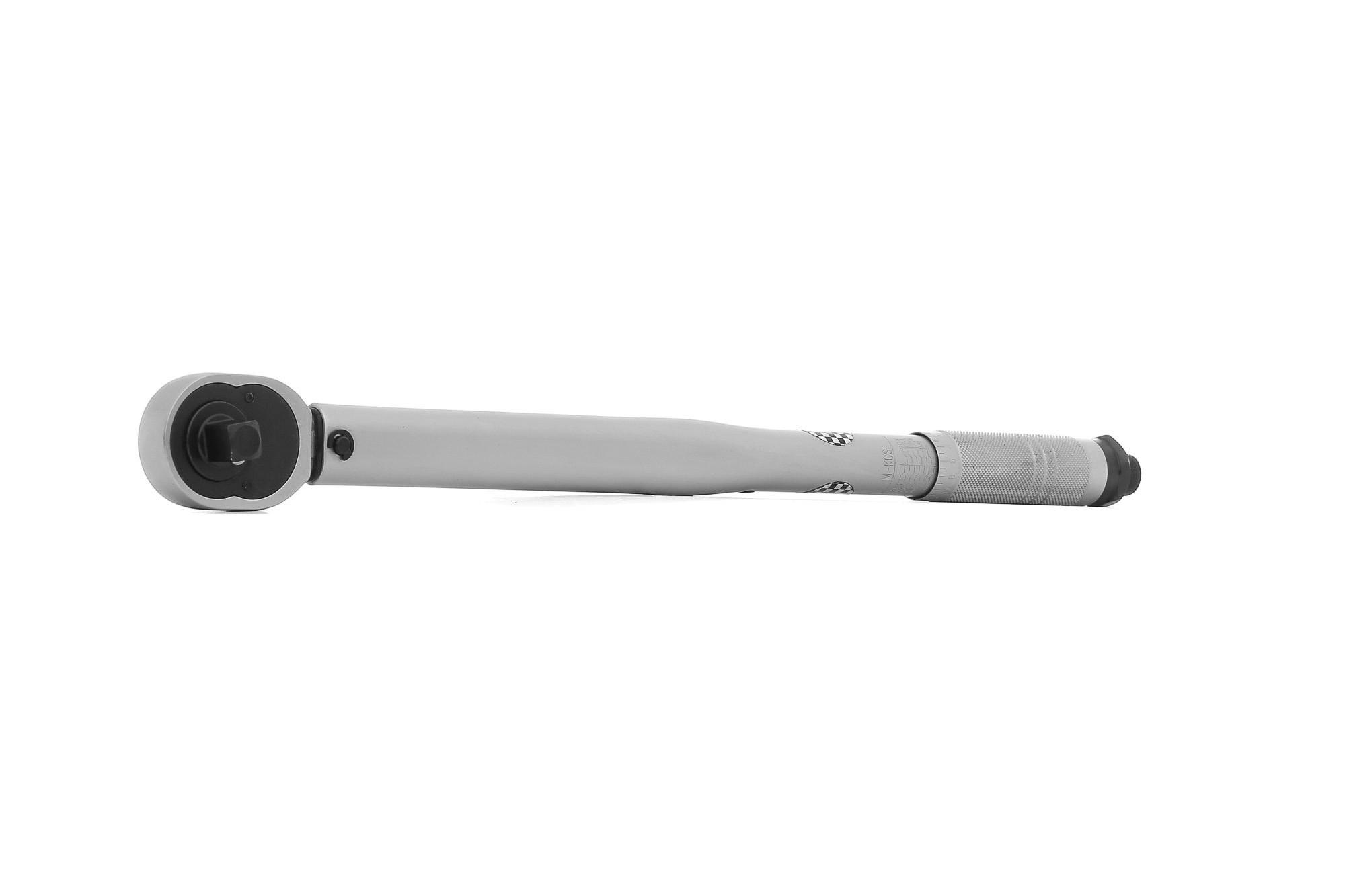Table of Contents
What is wheel nut torque: settings and correct way to tighten wheel nuts
In the automotive industry, it is critical to adhere to the proper torque specifications when fastening nuts and bolts. Cars are complex machines with multiple parts, and it is essential to secure each piece correctly. From engine mounts to interior trim, every part has a significant role in ensuring that your car works flawlessly and safely. By ensuring that these fasteners are tightened appropriately, you can guarantee that your car will work well and remain functional for a long time. It's like assembling a jigsaw puzzle where all the pieces must fit together seamlessly. In this article, we'll take a closer look at wheel nut torque and how to tighten the wheel nuts and bolts.
What is the correct torque for wheel nuts?
Determining the exact torque settings for wheel nuts depends on several factors, including the specific make and model of your vehicle. Typically, manufacturers provide recommended torque values in the owner's manual or on a label located on the vehicle's door panel or glove box. These torque settings usually fall within a range of 80 to 120 foot-pounds (108 to 162 Newton metres). However, it's important to check the exact torque specifications for your vehicle as they can vary. You can find many torque calculators online to help you determine the proper wheel nut torque for your vehicle.
 FORCE Torque wrench
12.5 (1/2") mm (inch) 42-210 Nm L: 470 mm
FORCE Torque wrench
12.5 (1/2") mm (inch) 42-210 Nm L: 470 mm

 YATO Torque wrench
10 (3/8") mm (inch) 10-60 Nm L: 383 mm, Steel
YATO Torque wrench
10 (3/8") mm (inch) 10-60 Nm L: 383 mm, Steel

 ENERGY Torque wrench
12.5 (1/2") mm (inch)-200 Nm L: 460 mm
ENERGY Torque wrench
12.5 (1/2") mm (inch)-200 Nm L: 460 mm
How do I remove wheel nuts?
You’ll need a few tools and a systematic approach to remove wheel nuts. Here’s a step-by-step guide:
- Prepare your tools. Gather the tools you need, this includes a lug wrench or socket wrench with the correct size socket. You may also need a crowbar or torque wrench for wheel nuts for extra leverage if the nuts are particularly tight.
- Loosen the nuts. Before you lift the vehicle, it's important to loosen the wheel nuts while the wheel is still on the ground. This will keep the wheel from spinning. Place the lug wrench or socket wrench firmly on the wheel nut and turn it counterclockwise to loosen it slightly. Do this for each nut.
- Lift the car. Once you have removed all the wheel nuts, use a jack to lift the car off the ground. Refer to your vehicle handbook for the correct lifting points and correct use of the car jack. Ensure the car is securely supported on the jack stands before you continue.
- Remove the nuts. With the car raised, continue to unscrew and remove each wheel nut by hand. Keep them in a safe place to prevent them from being misplaced.
- Remove the wheel. After you have removed all of the wheel nuts, pull the wheel carefully towards you to take it off the vehicle. If it is stuck, apply pressure from behind to release it from the hub.
- Inspect and clean. After you have removed the wheel, take the opportunity to inspect the components for any signs of wear and tear or damage. Clean the mounting surface to ensure a smooth fit when you remount the wheel.
Reinstall
Depending on your maintenance needs, you can reinstall the wheel with new wheel bolts. You may want to take a look at the article Wheel fasteners: how to install them properly beforehand.
Top products related to this topic:















